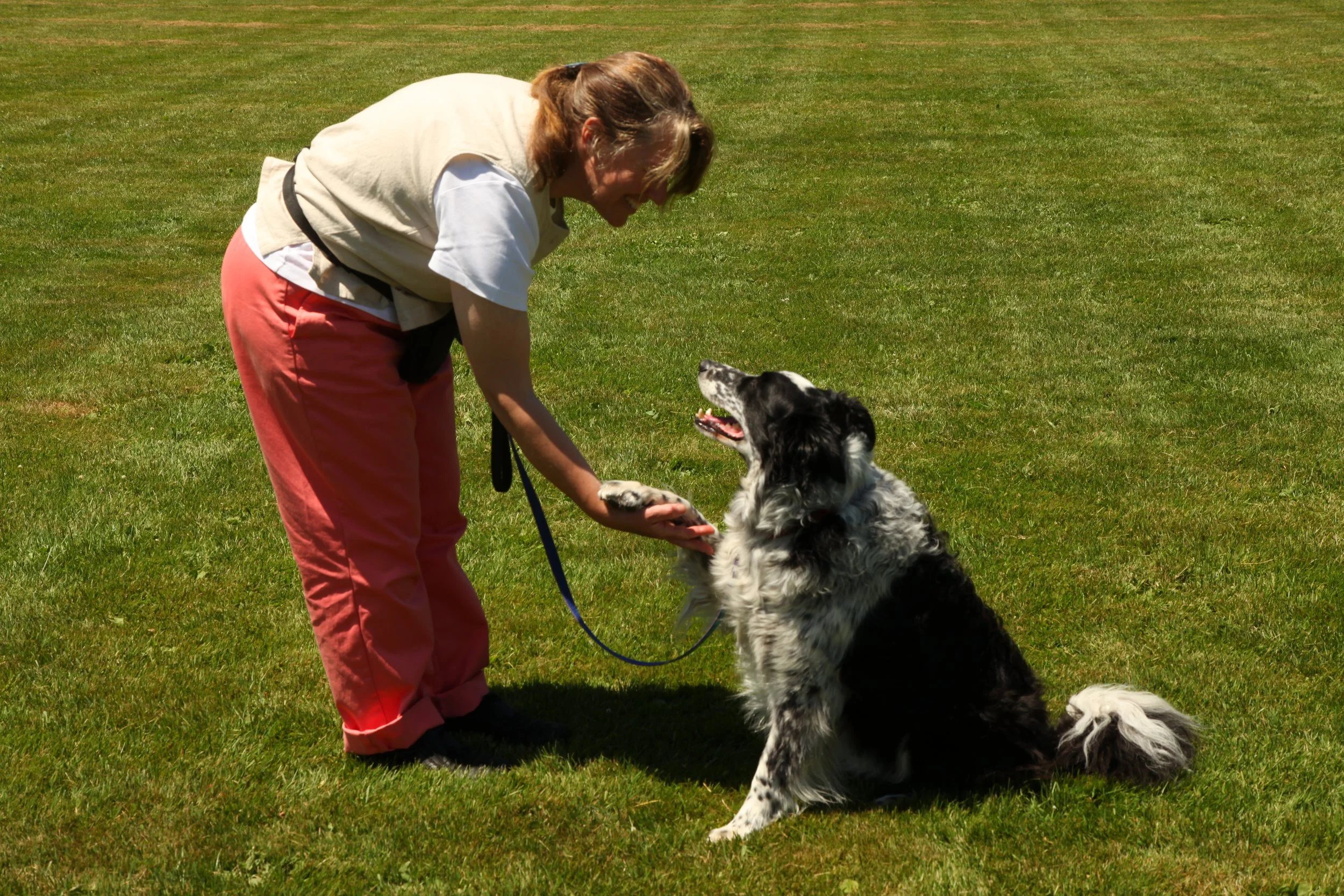What is Dognitive Training?
The term dognitive training is derived from cognitive training - which means we focus on training the dog's mind. Our goal at Mountain Hooves & Paws is to help your dog think first. And, like us, they need practice!
Why Exercise Those Brain Cells?
Living in the Adirondack Mountains, our dogs have an opportunity to lead amazing lives.
[caption id="attachment_1466" align="alignright" width="350"] Shawnee enjoys her Adirondack backyard![/caption]
They can hike.
They can ride in boats.
They can go camping.
They can accompany us when we ski or snowshoe.
They can even walk around the villages as well as go out to eat with us.
We are lucky to live in such a dog friendly area!
While we would all love to take our dogs with us as we enjoy the Adirondacks, not all dogs are immediately comfortable in these situations. They might feel intimidated with seeing so many dogs, or nervous on trails or in boats, or they could be concerned about people being too close to them.
Or, they might just get so excited, they have a hard time listening to you!
At Animal Connection Training, we follow the latest research about dog well-being and specifically, what a dog needs to find confidence, calm, and comfort in our human world. A comprehensive 2014 study looking at free ranging dogs in India (who, in contrast to wolves, do not have food pressure as they're usually fed by people) shows the dogs prefer to spend their days in social groups and playing, scavenging, resting, and exploring. They learn how to handle the stimulation of the human world by having time to observe, process what they see, and think about what they are going to do before it happens.
And, incredibly, the researchers recorded zero incidents of aggression during the 3 years and 1,971 observations!
Our own dogs might choose to take in the world at a slower pace, but we, without realizing, often pressure them to see and process new things much faster than they can handle. As a result, they are often in the reactive mode versus the thinking mode. And while we might not see the reaction outwardly, they are often feeling on guard and/or over stimulated much of the time (and yes, this can happen with fast play such as chasing a tennis ball, too!). This over-stimulation can lead to a host of "problem" behaviors such as jumping, inability to listen and respond to cues, concern about new things, and/or reactive behaviors such as barking, lunging, snapping, or even biting.
So at Animal Connection Training, we help provide a balance. You provide the slow and steady exercise your dog needs. We give information and opportunities for dogs to have time to think, time to sniff and explore, and time to learn new games and behaviors.
We are very interested in neuroplasticity - the study of how the brain can change as we learn new things. Now, scientists know the brain is constantly changing - and it's often changing because we, through our choices and actions, cause it to change.
We can help our dogs change their brains too! Studies by researcher Marcella Zilocchi show that problem solving exercises reduce fear in dogs. It's therefore important to give them opportunities to "learn how to learn." In other words, old as well as young dogs can learn new tricks!
All these can help a dog feel more in control within our fast paced world. Why? Because we are exercising their brain - and a well exercised brain can handle stimulation and new situations much easier than and under-exercised brain.
